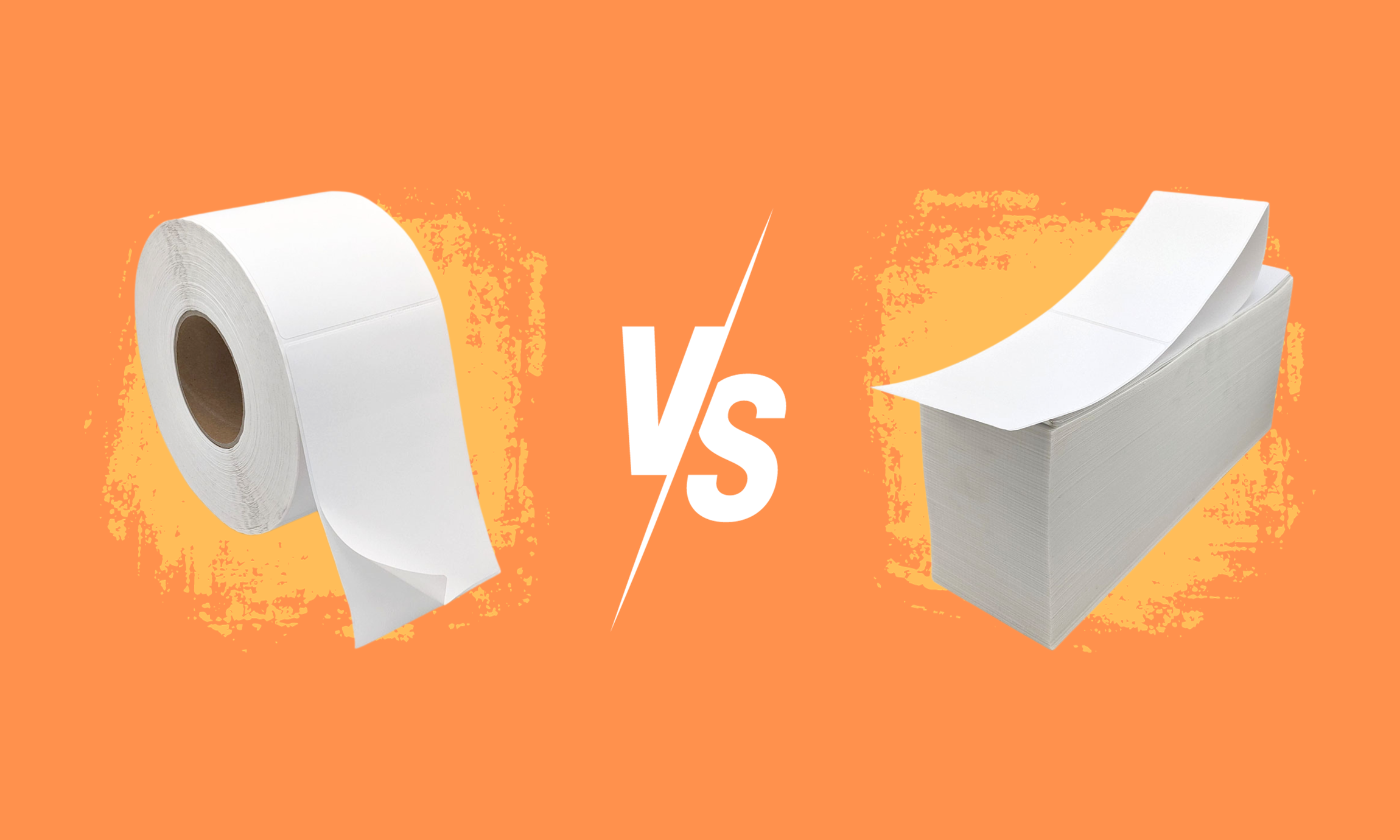You’d better hold onto your seats, folks, because we’re about to dive headfirst into the electrifying field of packaging labels. Can you imagine a world without them? It’d probably be a sad and unproductive place with packages never reaching their destinations. One shudders at such troubling thoughts.
While sheet labels (the kind you use with a conventional laser printer) are a popular option, most workers in industrial settings will be using thermal labels. Thermal labels are available in two types, direct thermal and thermal transfer, and are printed with thermal printers, which heat up either a ribbon of hot melt ink or the label itself to print words and images.
In this article, we will go over the different properties of these two types of labels and when to use them.
Direct Thermal Labels
Direct thermal printers do not contain a ribbon of hot melt ink. Instead, when the chemically treated label paper passes in front of the print head, the printer heats the label itself. Wherever on the label the heat was applied, text and images appear.
Direct thermal labels are sensitive to light and heat and therefore should only be used for temporary applications. If you scratch its surface, the friction will turn the scratch marks black. Because of the lack of ribbon, direct thermal labels are typically cheaper and easier to use than thermal transfer labels.
Thermal Transfer Labels
Unlike with direct thermal, thermal transfer printers feature the hot melt ink ribbon. The printers heat the ribbon, then “stamp” the labels with words and images.
Thermal transfer labels are not chemically treated like direct thermal, so they are better suited for demanding and long-term applications. These labels are resistant to light and heat and if scratched, the scratch marks will not turn black. While thermal transfer labels can produce high-definition, long-lasting images, they are usually more expensive and higher maintenance than direct thermal.
Conceivably, you can print thermal transfer labels with a direct thermal printer, but not the other way around. However, we strongly recommend that you print your labels with their intended printer.
For more in-depth reading on the differences between direct thermal and thermal transfer labels, take a look at this article from DNP Imagingcomm Europe B.V.

Which Thermal Label Do I Use?
There are two main factors to consider when purchasing your thermal labels: lifespan and environment. If you’re labeling a package that will only spend a couple of days to weeks in climate-controlled environments, you can save yourself the cost and just use direct thermal labels. However, if you anticipate your package spending a long time in storage and transit and/or you expect it to be exposed to a lot of harsh conditions, you may want to spend the extra money on thermal transfers, the more durable option.
Be sure you check out our selection of thermal labels, available in roll and fanfold styles. All of our label products come with free shipping, so you can get to labeling your shipments right away!
If you’re interested in reading more about the importance of appearance in packaging, be sure to check out our article about creative uses of tape.









